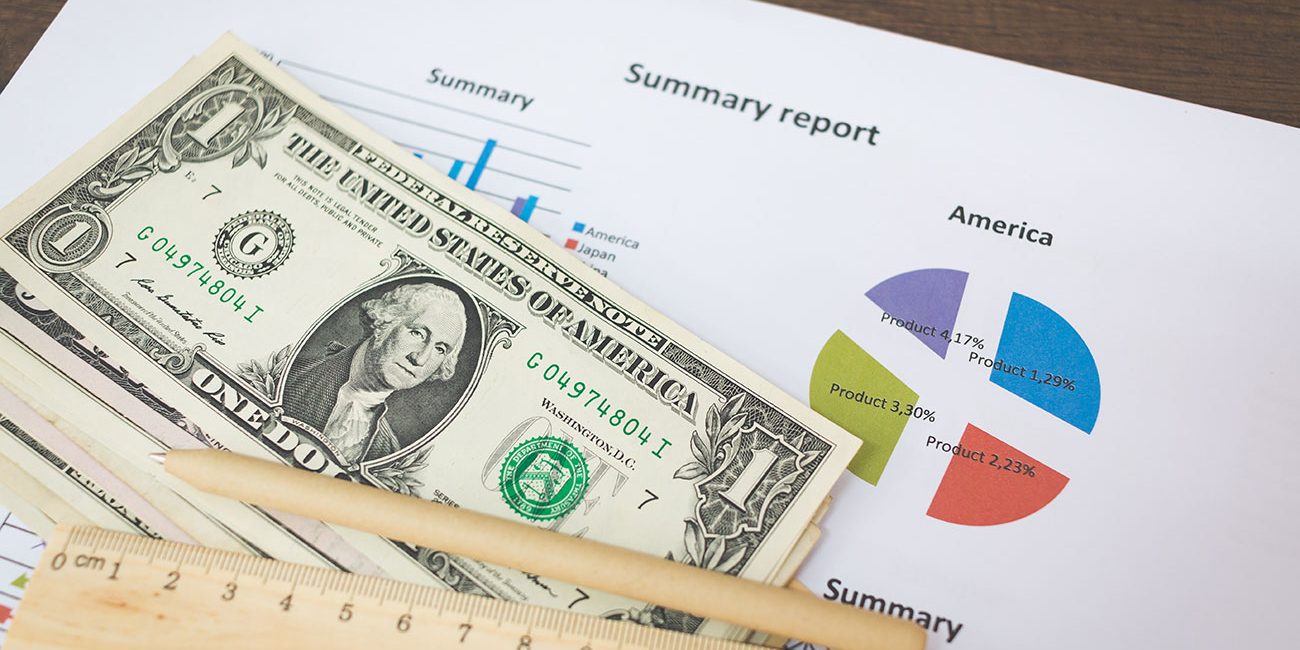Simply put, cash flow can be defined as the net change in your company’s cash position from one period to the next. Having positive cash flow means you take in more than you send out and of course negative cash flow mean the opposite. As with most things it’s not a good to be on the negative side of the equation.
Having the cash, you need on hand is always the preferable condition to be in. The expression “cash is king” comes to mind and signifies that you are in a more stable position, with better buying power. While it often makes good business sense to borrow money, being in a good cash position affords you an extra layer of protection against loan defaults or unexpected business expenses that may arise.
It is good to understand however that there is a difference between cash flow and cash position. A cash position is more of a reference to the amount of cash on hand while cash flow indicates an ongoing ability to generate and use cash.
As the term signifies, it is the cash flow that keeps a business moving. The money that comes in from creditors is used to pay all the overhead that it takes to keep the business in operation. There may be loans and other business debts that need to be paid. Having strong cash flow allows a business to manage its debts better. Once strong cash flow is attained, a business has the comfort and capabilities it needs to invest in growth and other ventures.
Confidence in cash flow makes it easier to make critical purchases in the near term rather than waiting. With a strong cash flow comes the ability to deal with emergencies better and makes surviving a crisis easier.
Good Cash flow is the key to keeping a business operating smoothly and becoming profitable.








